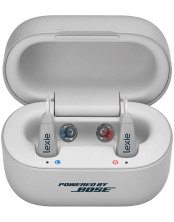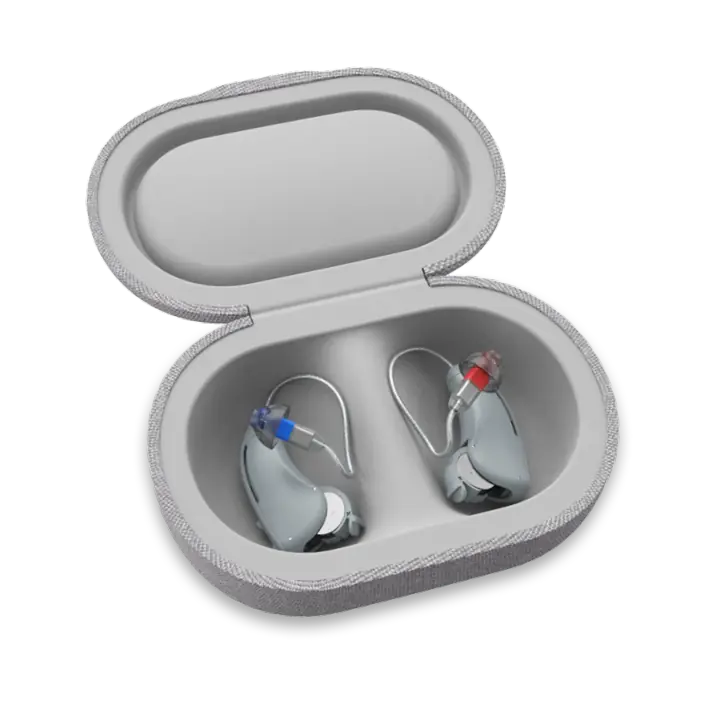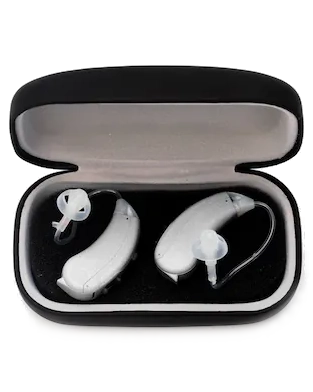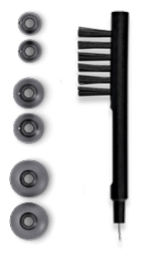Listening With Your Senses | Hearing Loss
Published: May 7, 2021
Updated: March 11, 2022
Listening is a vital aspect of communication and has long been accepted as not just being about hearing someone properly. To truly understand what someone is trying to say, we have to use our whole body and, in particular, our sense of sight and touch, combined with hearing.
What is the difference between hearing and listening?
Hearing is the passive anatomical process of sound passing through the ear, along the hearing nerve, and to the brain to be interpreted. Listening is the whole-body active cognitive process of paying attention to what is being communicated to make sense of it and respond appropriately. Only by actively listening can we successfully navigate a conversation.
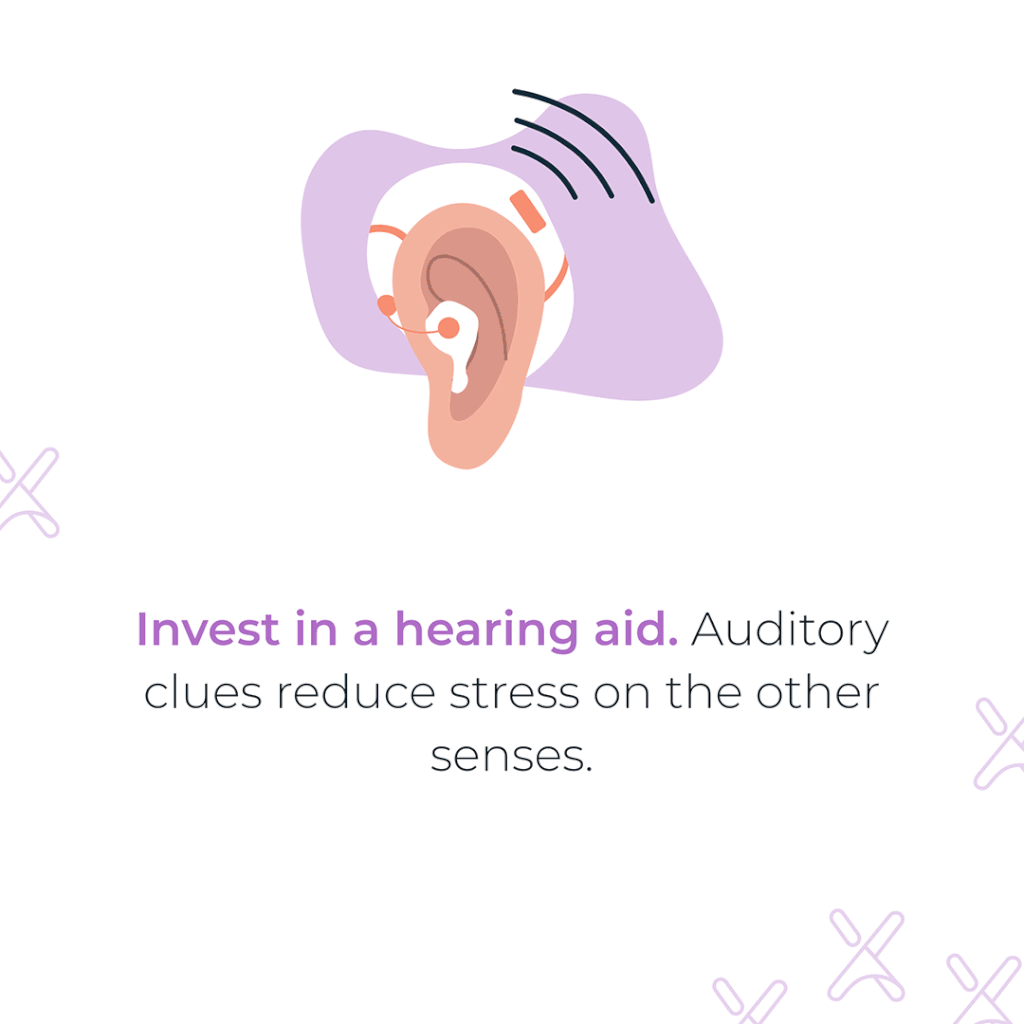
Whole-body listening
Certain education systems and therapy approach advocate whole-body listening to help children maintain attention in class. Whole-body listening includes using your ears to hear what is being said and your eyes to look at the speaker and notice facial expressions, gestures, and body language. Meanwhile, your mouth should be closed, your hands kept still in front of you, your feet firmly on the floor, your brain focused on the person talking and your ‘heart’ open and respectful of the speaker1. While this concept is aimed at school-age children, it highlights the fact that listening is by no means just a job for the ears.
Listening through sight and touch
Our vision is vital for noticing the many nonverbal aspects of communication that give added depth and meaning to what is being said. By lip-reading and noticing the gestures the speaker is making, you can gain more context and figure out a word you may not have heard clearly. Facial expressions and body language tell us about how the person is feeling and the emotion behind what they’re saying; it can mean the difference between laughing at a sarcastic comment or taking it seriously. It’s no coincidence that emojis have become so popular on communication technology platforms; sometimes words alone are not enough to get our entire meaning across.
Our sense of touch can also play a role in effective listening. In a literal sense, in some cultures touch is a regular part of conversing, whether it is a caring tap on the shoulder, a playful nudge, or a way to show aggression. At birth, babies are more sensitive to touch than any other sense and it forms an important part of early parent-child bonding and communication development. However, our tactile sense is also important for noticing the vibrations of environmental sounds and music. Many people with profound hearing loss will attest that listening or dancing to music is as much about hearing the sound as it is feeling the beat and rhythm of the music’s vibrations throughout your body.
Listening with a hearing loss
It has long been believed that when someone loses one sense, the other senses will become heightened to make up for the loss, and there is some anatomical evidence of this as well. Researchers have found, by comparing brain scans of people with normal hearing and those with hearing loss, that the hearing areas of the brain can be essentially ‘rewired’ when someone has hearing loss and taken over by the areas involved in vision. Originally thought to apply only to people with profound impairment from childhood, studies have shown that it can also occur in people with moderate hearing loss that developed later in life.
As a result, people with hearing loss have been found to develop better peripheral vision. Their sight doesn’t necessarily improve; but the person becomes more attentive and observant of visual stimuli, which helps to compensate for the lack of hearing when speaking to someone. A disadvantage of this brain reorganization is that it also correlates with poorer speech comprehension, which occurs in the same area of the brain as sound processing. Consequently, if someone leaves their hearing loss for long enough without seeking treatment such as a hearing aid, by the time they do start wearing one, the brain may already be less capable of understanding speech. Hence the importance of early diagnosis and treatment of hearing loss.
This free infographic explains how your senses can assist with your listening experience.

Tips for listening with your senses
Being mindful of all the many ways someone may communicate with you beyond merely talking can help prevent misunderstandings and make you more attuned to the person you’re speaking to, whether you have a hearing loss, or have just noticed that you struggle to listen properly. Below are some tips for effective listening with your senses:
- First of all, ensure that you are getting the most out of your hearing by having a test and if you have hearing loss, being fitted with appropriate hearing aids.
- Position yourself as close to the person you are listening to as possible.
- Note the speaker’s tone of voice, volume, and pace to gain more meaning behind what they’re saying.
- Focus your attention on the person and think about what they’re saying; try not to only think about how you will respond.
- Look at the speaker directly, preferably in a well-lit environment.
- Look at the person’s facial expressions to see what emotions they may be conveying.
- Consider their body language and gestures and what those may be adding to their speech.
- Make note of whether the speaker uses touch when speaking and what that may tell you about them and the meaning behind what they’re saying.
- When listening to music, try to be mindful of your entire body to notice whether and/or where you feel the music and how that contributes to the overall listening experience.

